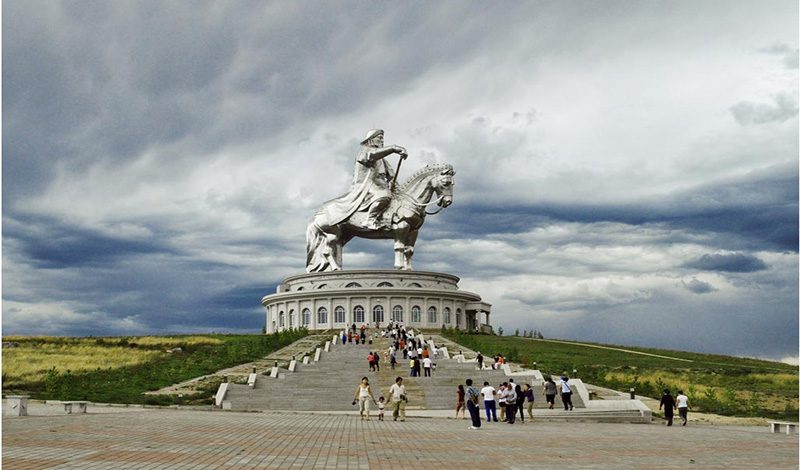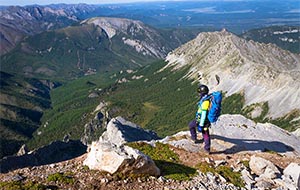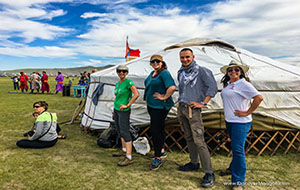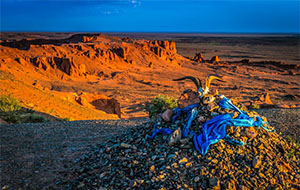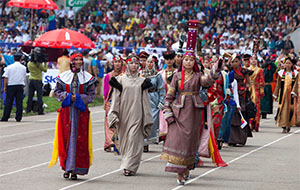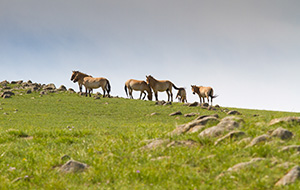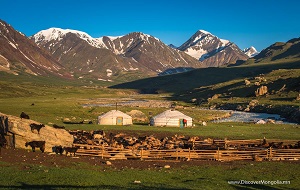The Influence of Religion on Mongolia
Mongolia has a long rich history of ancient religious practices dating back centuries. From its early roots as a culture closely linked to Shamanism, to one with a growing Buddhist populace, the region has traces of its religious belief pervading the architecture, cuisine and lifestyle.
The religious fabric of Mongolia
Today, a little over half of the population identifies itself as Buddhist and about 3 percent as Muslim. The Muslim population have Kazakh origins and are concentrated in the provinces in the west of the region. Missionary efforts in the region have also spurred the adoption of Christianity. Surprisingly, just 2.9 percent call themselves believers of Shamanism now. A far cry from the overwhelmingly Shaman population in centuries past.
According to the 2010 Population and Housing Census of Mongolia, a significant 39 percent of Mongolians are atheist, a sign perhaps of the influence of a communist mindset and the purge of the 1930s.
Minorities in Mongolia
The Kazakh Muslims form the largest minority group in Mongolia and live in Bayan-Ölgii in the western provinces. Christian missionaries have made inroads in the region with, some say, an estimated 70 plus churches constructed across Mongolia.

The ‘purge’ and religious monuments
During the rise of communist powers in Russia and China, Mongolian soldiers as well as Russian troops destroyed an estimated 700 temples and monasteries. At the time about 30 percent of all males in Mongolia were monks. After the purge, atheism was widely promoted and Buddhist institutions were destroyed or shut down. Rebuilding began after the 1990s and about 110 Buddhist temples and monasteries now stand tall around Mongolia.
Shamanism survived this era, partly due to the close linkage with nature, intrinsic to daily lives of people in the area. Buddhist clergy meanwhile aligned with tribal leaders.
Mongolian law allows for freedom of religion, though as is the case in other places of the world, there are some who judge individuals based on their religious background.
Shamanism’s influence on Mongolian life
While Mongolian Buddhism is quite distinct from other forms, the basic beliefs and introduction to the religious practices of Buddhism came here by way of Tibet in the 16th century. As is the case with many cultures where a long standing religious belief is gradually replaced by a new one, influences of the former still remain. Several shamanistic practices and nuances can be spotted by a keen eye. Practices like nature worship, meditation as well natural healing gently made their way into the heart of Mongolian Buddhism.

Even today, across Mongolia, people from all faiths still worship the blue sky, an ancient Shamanistic ritual. Prayer flags offered are often blue, signifying the blue sky. Prayers and offering are made to cairns of stones, signifying the mountain and river spirits. Today, time strapped Mongolians wishing to pay their respects at these stones called Ovoos often resort to a respectful toot of their vehicle horns instead.
 Chat with Us on WhatsApp
Chat with Us on WhatsApp














